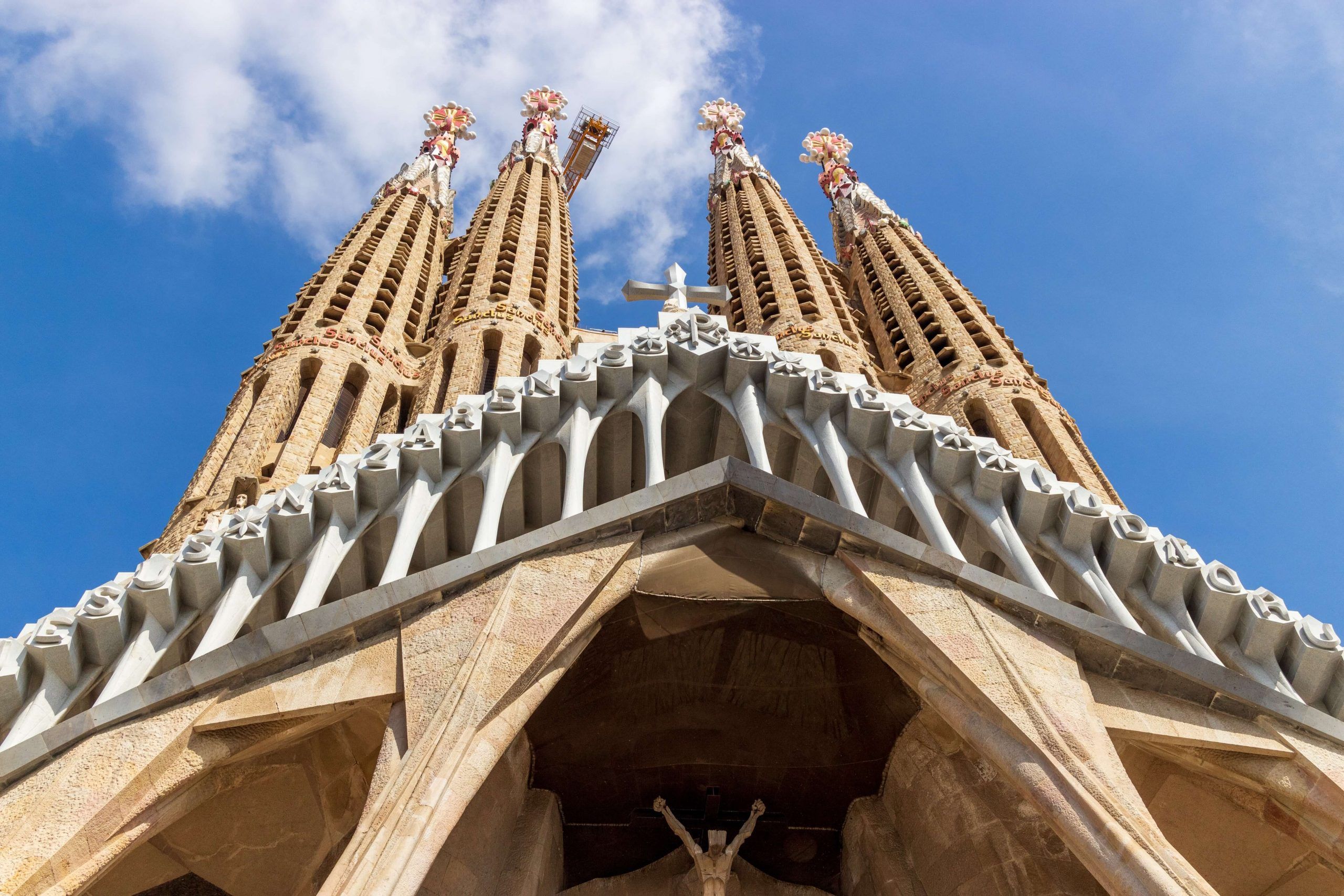
Types of Architecture Around the World
History welcomes many different types of architecture, most of which still hold a heavy significance today. From prehistoric architecture, the name given to structures such as Stonehenge, to the modern contemporary style, building design has drastically changed through the years. What’s more, these vast differences can also be seen from country to country.
The most popular types of architecture
Gothic architecture is the most popular architecture type across the globe, with dominance across 13 different countries. France, Romania, Norway, and Greece were among some of the different places to adopt this style as their main focus.
Features of Gothic architecture include large windows with stained glass features, ornate decoration, and pointed arches. This style was popular during the 12th century, starting in France and England.
Contemporary architecture is the second most dominant, with 5 countries (including Jersey, Slovakia, and Lithuania) favouring this style. Main characteristics include asymmetry, open plan/multi-use spaces, and large windows. It rose in popularity during the 20th century.
The least popular types of architecture
Colonial, modern, post-modern, and Tudor are among some of the least liked architecture styles.
Research suggests that 42% of nations dislike the colonial style. Moreover, the US, Portugal and Denmark, among others, have shown a lack of fondness towards Modern Architecture.
Despite being the least favourable architecture types, they do still hold a high level of significance in history. The Colonial style is dominant among Finland, Germany, and Italy, emphasising it’s importance. What’s more, modern architecture is highly popular throughout mainland Spain, Australia, Estonia, and Ireland.
Architecture in the UK
The UK welcomes many different types of architecture, from Elizabethan, Baroque, Georgian, and Victorian. This being said, one of the most popular by far is the Tudor style.
As the name would suggest, Tudor Architecture became popular during the Tudor era which ran from 1485-1603. Key characteristics include timber beams, rectangular windows, and gable roofing. The Liberty building in London is a key example of Tudor architecture, as is St James’s Palace.
Who are Munday + Cramer and what do we do?
Munday + Cramer are an experienced and credible architecture practise based in Essex. We help a range of clients to bring their visions to life. From residential projects to full-scale, commercial developments, we have experience across a wide range of areas.
Regulated by RICS (Royal Institute of Chartered Surveyors), we also have a team of individuals fully trained in surveying. Furthermore, we also specialise in project management, facilities, and procurement. Our background in property and experience across a range of areas allows us to provide the best possible service to our clients. To read more about some of the projects we’ve been working on, click here.
Contact us today
Building a vision for your project and choosing between the various types of architecture is no easy task. It’s for this reason that so many people reach out to architect experts to help with the design and planning stages. We’ll support you from start to finish, carefully considering a buildings functionality and working to your allocated budget.
On the lookout for Essex architecture specialists to help with your upcoming project? Get in touch today by clicking here.
Architects Essex, architects in Chelmsford, architecture and design, types of architecture